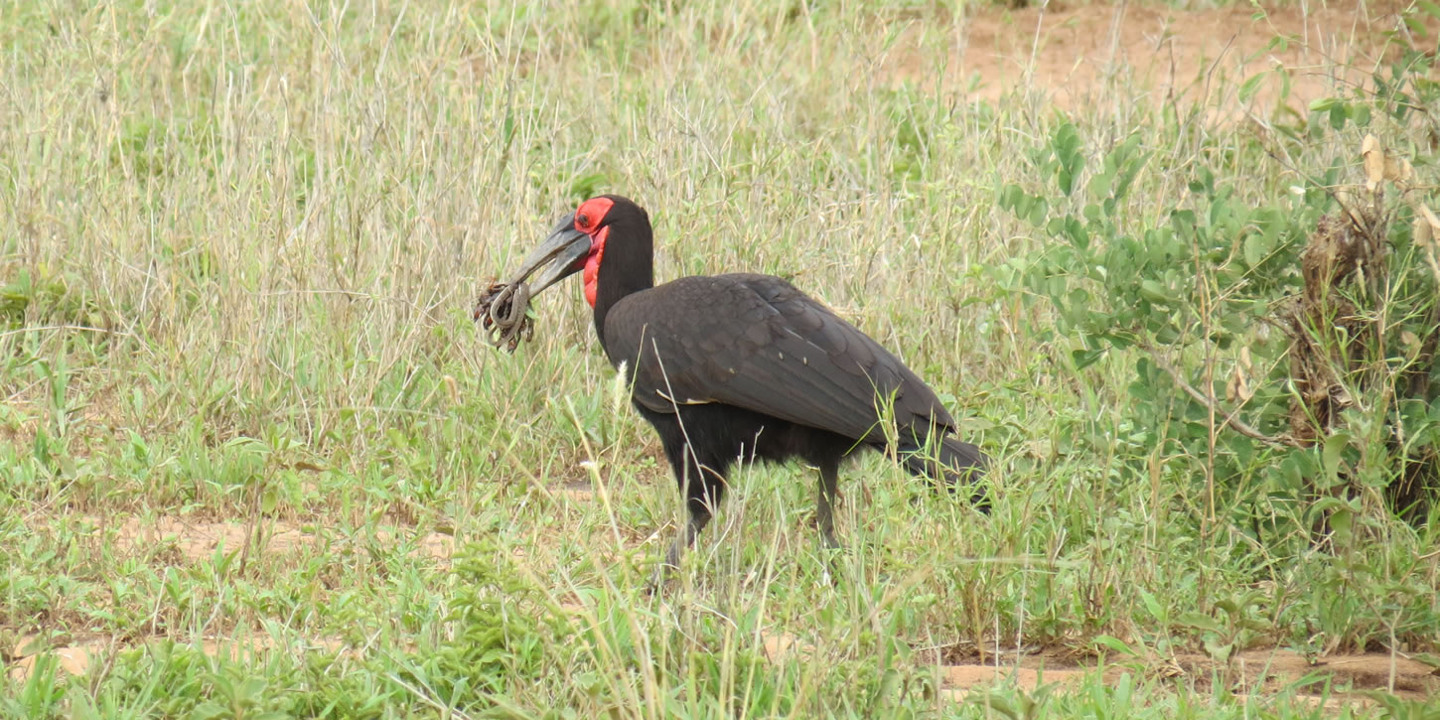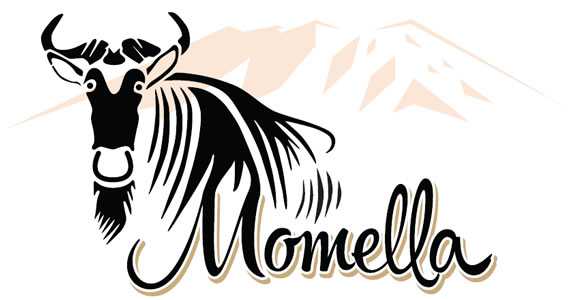
Birdwatching Safari
from
Price on request
Tanzania is an excellent destination for birders. Besides Lake Manyara and Arusha National Parks which are famous for water birds and other savannah and forest species, all the game parks in Tanzania have an amazing array of birdlife including Eurasian migrants.
All about the Birdwatching Safari.
- Day 1: Arusha. After arrival at Kilimanjaro airport, we head to a lodge near Arusha National Park.
- Day 2: Arusha NP. We’ll spend the day on Mt. Meru, which looms over Arusha. The mix of habitats here includes montane forest, and offers us many exciting birds including Crowned Hawk-Eagle, Cinnamon-chested Bee-eater, and splendid songster Rueppell’s Robin-Chat. As we head up the mist-shrouded slopes, the yellowwood trees become draped in Usnea old man’s beard lichen and we search for skulking gems such as White-starred Robin and the dapper Brown Woodland-Warbler. The park is also an excellent place to find large herds of buffalo grazing the mountain’s lower slopes, not to mention a remarkable abundance of giraffes and a chance for scarce forest antelope like Harvey’s duiker and suni.
- Day 3: Arusha district. We drive around the looming Mt. Meru to the lark plains. These grasslands are home to the last 100 or so Beesley’s Larks on Earth, and we will search long and hard for this critically endangered Tanzanian endemics. Other interesting species here include Chestnut-bellied and Yellow-throated Sandgrouse, shrikes, migrant wheatears, pipits, and larks. The plains are lined by Drepanolobium whistling thorn trees, while hills offer a scrubby habitat that can deliver Red-fronted and Black-throated Barbets, Red-throated Tit, eremomelas, and crombecs. Thicket habitat and riparian strips offer many great birds, including Slate-colored Boubou, Nubian Woodpecker, the highly gregarious Gray-headed Social-Weaver, and the possibility of migrants like Spotted Flycatcher and Common Nightingale.
Beesley's Lark is endemic to a single plain north of Arusha. - Days 4-5 and 6: Tarangire National Park. From Arusha we head to Tarangire, where we shall enjoy some of northern Tanzania’s finest birding. The low baobab-clad plains and fever-tree groves here support many cool species including three Tanzanian endemics and near-endemics: Ashy Starling, Yellow-collared Lovebird, and Rufous-tailed Weaver. The lush grasses are full of ground birds like Northern White-bellied Bustard and both Red-necked and Yellow-necked Francolins. This is one of the better places to see elephants, which can occur in great numbers along the Tarangire River. We also stand a good chance of seeing our first lions, and maybe even a leopard or cheetah.
Yellow-collared Lovebird is a Tanzanian endemic which is quite common in Tarangire. - Day 7: Tarangire to Ngorongoro Crater. After leaving Tarangire, we’ll stay in the Rift Valley, spending most of the day birding the fabulous Lake Manyara National Park. This diverse gem of a park holds lush forest with Silvery-cheeked Hornbill and Crowned Eagle, vast mudflats which might be covered in migrating shorebirds, and marshes that support the likes of African Swamphen and a range of herons and egrets. This park is also good for mammals like African Buffalo and Hippo. Around mid-afternoon, we’ll drive up the western Rift escarpment, wind through some pleasant agricultural areas, then enter the Ngorongoro Conservation Area. Our lodge here enjoys spectacular panoramic views of what might be the world’s most famous wildlife preserve, and with good reason.
- Day 8: Ngorongoro Crater. We have a full day to explore the magical Ngorongoro, though in the morning we won’t be in a hurry to descend into the crater, as the forest and heath along the rim offers excellent birding. We’ll keep our eyes peeled for flowering Leonotis; if we find a patch, we might get to see the coolest sunbird spectacle in Africa: the impressive Golden-winged, coppery-colored Bronze, and iridescent-purple Tacazee Sunbirds all competing for nectar from the same flowers. Descending into the crater with its towering vertical walls is like finding Africa’s Garden of Eden. Inside, we seek myriad grassland and woodland birds, as well as scavenging vultures amidst a thronging wildlife spectacle virtually unequalled on earth. Thirty thousands mammals are resident here, and a decent proportion of them can be seen from a single view point within the crater, an indescribably magnificent sight.
Ashy Starling is a very cool-looking Tanzanian endemic. - Days 9-10: Ndutu. From the crater rim, we move through the Malanja depression and onto the Serengeti plains, where sandgrouse, bustards, and larks abound. Grant’s gazelles are scattered across the plains, while Ostrich and giraffe walk swaying in the haze. Towards Ndutu we enter beautiful mature Acacia woodland with alkaline lakes and swamps. The lodge’s waterhole is a bird magnet with ever-present Fischer’s Lovebird, a variety of bishops, waxbills, and widowbirds, and the endemic Gray-breasted Francolin. The woodlands harbor Rufous Chatterer, Cardinal and Bearded Woodpeckers, Black-faced Babbler, and Green Woodhoopoe. With a bit of luck, and depending on the rains, the wildebeest will have recently calved in this area, and up to half a million females may be in attendance with their young, presenting a wildlife spectacle of awesome proportions, impossible to describe and enthralling to experience. The attendant predators, particularly lions and hyenas, follow their movements closely, and the vultures await each kill with renewed enthusiasm.
- Days 11-12: Serengeti NP. We explore the vast acacia-studded plains of Serengeti NP, encountering herds of wildebeest, zebra, gazelle, and giraffe alongside their associated predators. Although it’s always difficult to find, this is one of the best places in East Africa for leopard. The birds of course, are party to this drama. We’ll search for Meyer’s Parrot, Tanzanian Red-biled Hornbill, Bare-faced Go-away-bird, Usambiro Barbet, and Gray-headed Silverbill.
Seeing a cheetah mother with cubs is a special experience - Day 13: Serengeti to Kilimanjaro Airport. We return to Arusha, stopping for lunch at the Gibbs Farm, a good place for Green-headed Sunbird and Grosbeak Weaver.
Usambaras & Pemba pre-tour extension (10 days) This trip begins nine days before the main tour, and adds even more birds and biomes to an already fantastically diverse tour. We’ll bird a diverse set of areas, ranging from arid thornscrub with birds like White-headed Mousebird and Purple-banded Sunbird; up to montane forest with an exciting mix of endemics including two tailorbirds, Spot-throat Modulatrix, and Usambara Akalat; ending on clove-scented Pemba Island, with its four endemic birds.
On the extension, we search for dry-country specials like Red-fronted Warbler in the Same area On the extension, we search for dry-country specials like Red-fronted Warbler in the Same area
The tour package inclusions and exclusions at a glance
+ What is included in this tour?
Items that are included in the cost of tour price.
- Transfers in both directions between the International Airport and Arusha
- One night Hotel accommodation in Arusha town on the day of arrival.
- Extended 4 x 4 luxury safari jeep with pop up roof for game viewing
- Professional safari English Speaking guide
- Entrance fees for the national parks
- Accommodation at mid range lodge and camps during the safari at full board
- Camping fees at all national park
- 18% VAT to our entrance fees
- Government taxes, VAT and service charges relating to accommodation and included meals
-What is not included in this tour?
Items that are not included in the cost of tour price.
- Flights
- Optional Tours (balloon rides USD. 690 per person), should be booked in advance
- Items of a personal nature
- Laundry Services
- A doctor for the group
- Tips and gratuities to your safari guide
- Travel insurance and other emergencies
- Visa fees and entry clearing fees
- Single room accommodations
- Liquors, beers and bottled beverages
- Photography accessories like cameras etc.
 Momella African Adventure
Momella African Adventure